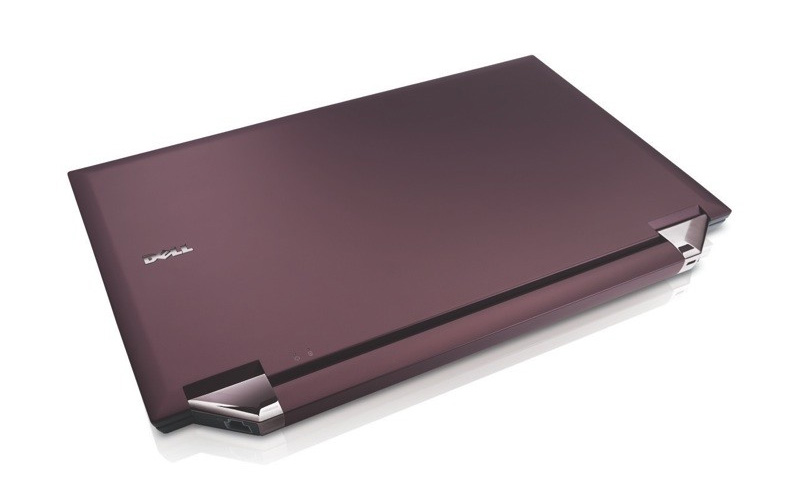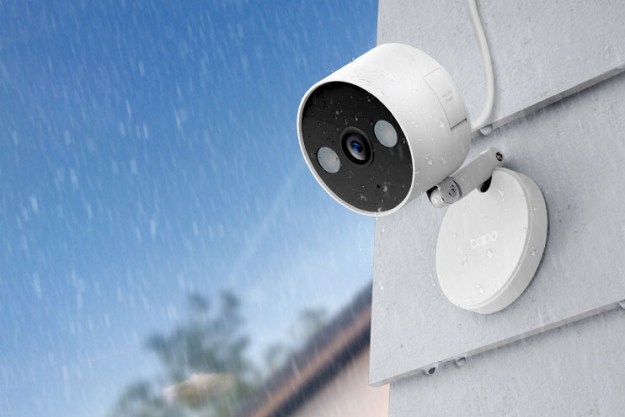
Webcaster’s Royalty Rate Appeal Denied Hundreds of U.S.-based net radio station may go silent Monday, as an appeals court denies a motion to delay the onset of new, significantly higher royalty rates.
The U.S. Court of Appeals for the District of Columbia circuit has denied a motion to postpone the implementation of new music royalty rates to be levied on U.S.-based Webcasters and online radio stations. In a brief statement, the court denied the appeal, saying the objections raised by webcasters did not meet the "stringent standard" required of an appeal. The denial shoots down Webcasters’ best hope of avoiding a controversial music royalty rate hike enacted by the Copyright Royalty Board in March of 2007; many Internet broadcasters have complained the new royalty rates are onerous and will immediately put them out of business if enacted.
The new music royalty structure enacted by the Copyright Royalty Board imposes a flat-fee per-song royalty structure on music streamed over the Internet, along with a $500-per-channel fee. The new rates will also be imposed retroactively going back to January 2006, and are scheduled to double at the beginning of 2011. The new rates essentially triple the royalty amounts Internet broadcasters would be forced to pay; Internet broadcasters have characterized the new rates as "irrationally high" and say they will be forced out of business by the new regime.
Under the existing royalty agreement, online broadcasters pay an annual fee and 12 percent of their profits to SoundExchange, a music industry organization established to collect royalties from broadcasters. (SoundExchange represents most acts on major labels, but literally tens of thousands of artists whose work is broadcast via the Internet and elsewhere aren’t represented by SoundExchange, or never receive royalties allegedly collected on their behalf by the organization.) SoundExchange has offered to temporarily cap royalty payments and delay the new rates for "small" online broadcasters, but both options were essentially greeted by broadcasters as a "stay of execution."
The music industry has considered the current royalty regime something of a "discount" to jump-start an online broadcasting business, and feels online broadcasters have had more than enough time to build successful operations. Now, they argue, it’s time for online radio to begin paying "real" royalty rates. The industry argues these royalties reflect fair compensation to the artists whose music is broadcast over the Internet-based stations. The Copyright Royalty Board’s new royalty model is distinctly aimed at online broadcasting operations operated by major corporations—like Clear Channel, Yahoo, AOL, and Microsoft—rather than independent operations like Pandora, SomaFM, and others.
With the request to delay the new royalty regime denied, U.S. online broadcasters are hoping to gain reprieve by way of direct Congressional action, and are urging net radio listeners to contact their congressional representatives. If legislative action does not materialize, broadcasters will either have to shut down, pay the new royalty rates, or shift their formats to music which isn’t represented by SoundExchange, such as music offered via Creative Commons license or in the public domain.
Barring intevention, the new rates will go into effect July 15, 2007.
Appeals courts are generally restricted to correcting significant errors in procedure and interpretation in trail court, as well as some reviewing decisions and rules enacted by some governmental administrative agencies. Previous efforts to appeal the new royalty scheme to judges overseeing the Copyright Royalty Board were rejected on the basis of webcasters failing to offer new evidence which was not considered during the decision-making process.


